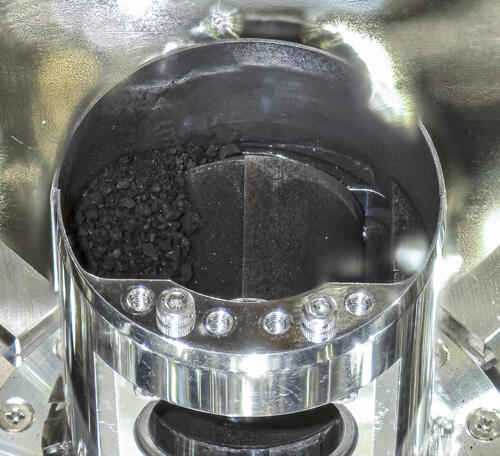
For SpaceUpClose.com & RocketSTEM
CAPE CANAVERAL, FL – Japanese space scientists are positively gleeful as they have now confirmed that their ambitious Hayabusa 2 spacecraft successfully collected over 5 grams of pristine black as coal soil and rock samples gathered from the ancient near earth asteroid Ryugu in a re-entry capsule that parachuted safely to Earth earlier this month after a six year roundtrip scientific journey – as confirmed by officials with the mission operated by the Japan Aerospace Exploration Agency, or JAXA.
The 5.4 grams of bountiful black material collected from just the first sample chamber to be opened so far is already far in excess of the mission goal of 0.1 grams or 100 milligrams !! – And thus will allow Japanese scientists to carry out very wide-ranging scientific studies to determine the composition and chemical makeup in extremely excellent minute analytical detail with the lost powerful and advanced instruments available to researchers on Earth.
The precious cache of black colored asteroid dust and pebbles is thought to possess organic materials from the carbonaceous asteroid that could help answer very important scientific questions and potentially hold clues to the origin of life on Earth and the early evolution of our solar system.
“On December 15, 2020, the Japan Aerospace Exploration Agency (JAXA) was able to confirm that a sample originating from asteroid Ryugu that was gathered during the first touchdown operation, was collected in sample chamber A within the sample container in the re-entry capsule of the asteroid explorer, Hayabusa2,” JAXA officials confirmed in a press release with images.
Japan’s ambitious Hayabusa 2 spacecraft successfully delivered a sample return capsule to a safe landing in the remote Australian outback on Dec. 5, after surviving a scorching reentry plunge that created a dazzling fireball as it streaked through the Earth’s atmosphere.
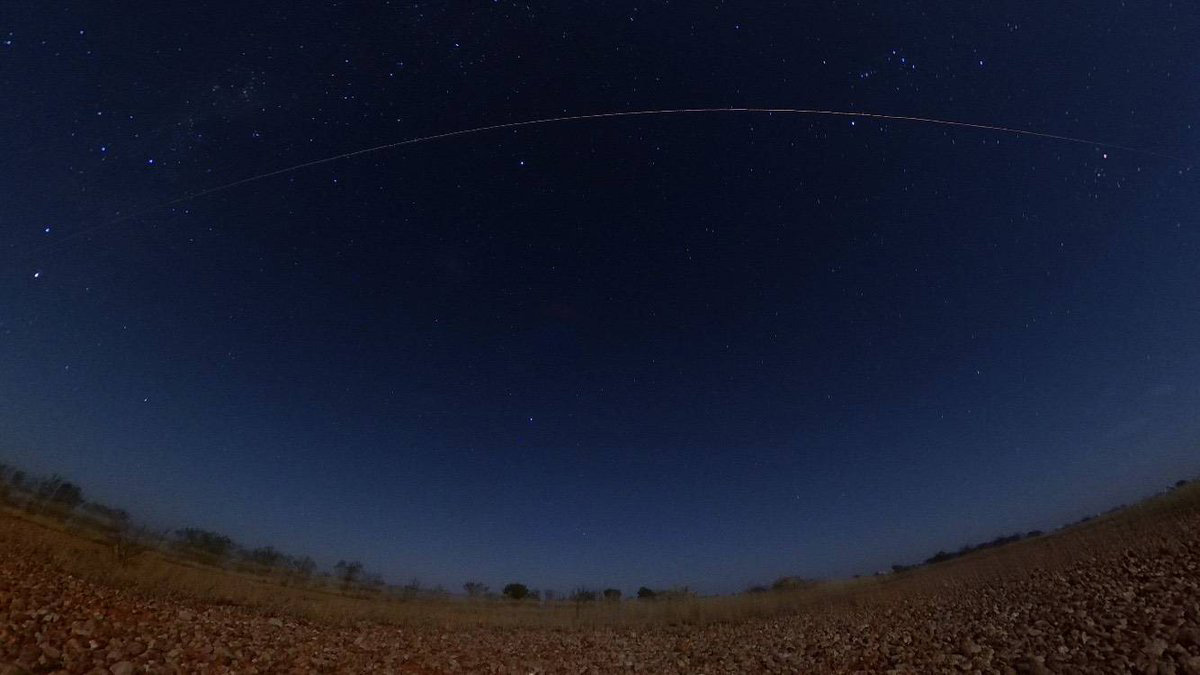
The return capsule was quickly located and retrieved and then shipped and delivered to a secure laboratory and processing facility in Japan, JAXA announced.
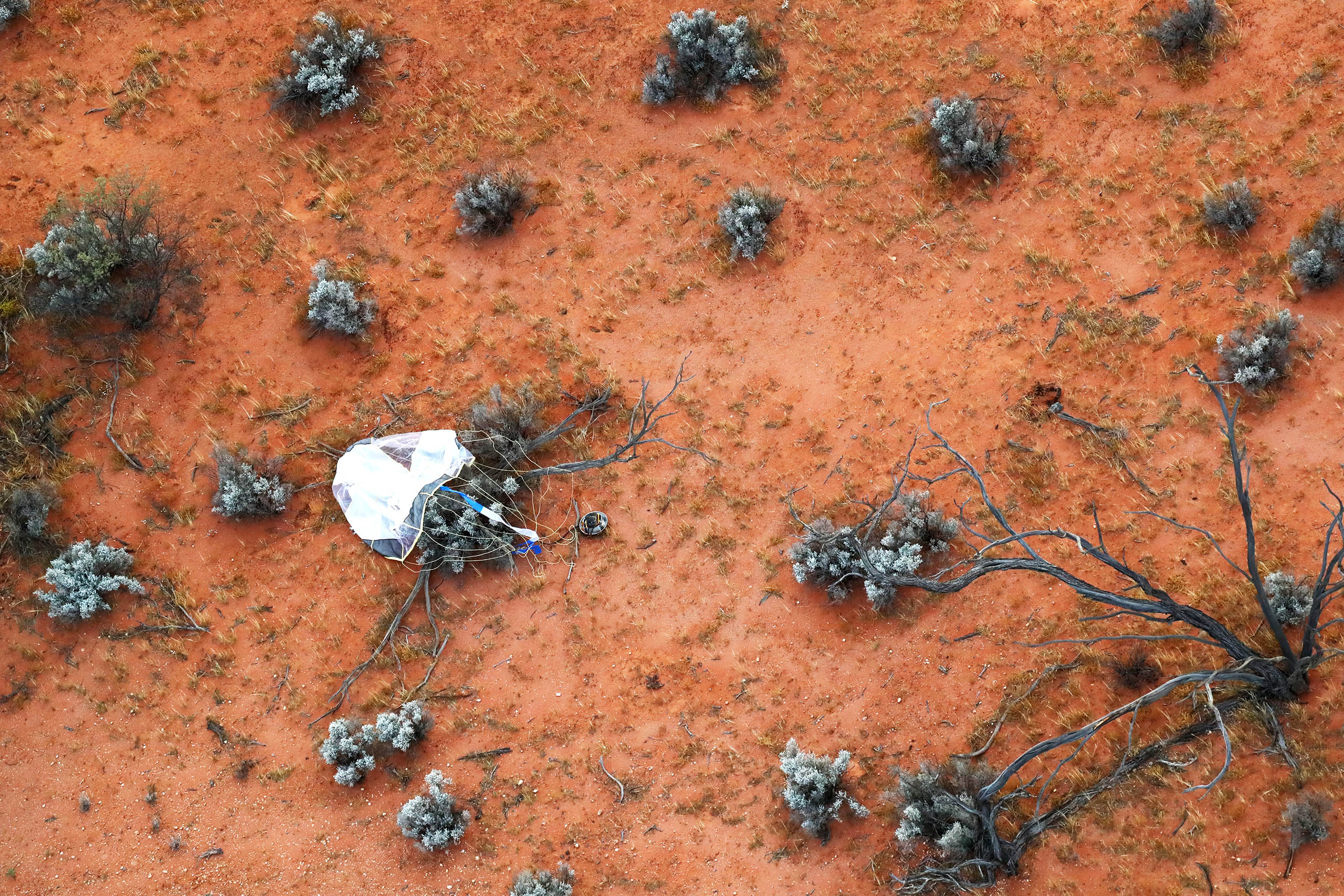
JAXA released a very cool image of the samples collected in the first of three sample canisters that has been opened so far.
“The samples from asteroid Ryugu in the re-entry capsule weigh about 5.4g! This greatly exceeds the the target yield of 0.1g (the amount required for the initial scientific analysis) set during the design of Hayabusa2,” the Hayabusa 2 team tweeted.
“A large number of particles are confirmed to be in “sample chamber A” inside the collected capsule (~11:10 JST on 12/15). This is thought to be the sample from the first touchdown on Ryugu. The photo looks brown, but our team says “black”! The sample return is a great success!”
This photograph is the color-adjusted version of the photo released on December 15 (it looked brown due to the orange ambient light in the curation facility). https://t.co/3SPZKOtOGN pic.twitter.com/GvJUjAKS08
— HAYABUSA2@JAXA (@haya2e_jaxa) December 18, 2020
A large number of particles are confirmed to be in “sample chamber A” inside the collected capsule (~11:10 JST on 12/15). This is thought to be the sample from the first touchdown on Ryugu. The photo looks brown, but our team says “black”! The sample return is a great success! pic.twitter.com/34vIx17zOX
— HAYABUSA2@JAXA (@haya2e_jaxa) December 15, 2020
“The Hayabusa2 re-entry capsule was recovered in Woomera, Australia on December 6, 2020 and transported to the JAXA Sagamihara Campus on December 8. After this, work proceeded with opening the sample container within the re-entry capsule. On December 15 at 11:00 JST, chamber A in the sample container was opened and it was confirmed to contain the sample from asteroid Ryugu that is thought to have been collected and stored during the time of the first touchdown (February 22, 2019).”
This team tweet shows the sample canister A about to be opened with asteroid grains on the outside
The sample container inside the re-entry capsule was opened on December 14, and we confirmed black grains thought to be from Ryugu were inside. This is outside the main chambers, and likely particles attached to the sample catcher entrance. (English release available tomorrow) https://t.co/NAw1R1cjvy pic.twitter.com/5BfXxfH29h
— HAYABUSA2@JAXA (@haya2e_jaxa) December 14, 2020
There are two more samples collection chambers yet to be opened – B and C!
At least one should hold samples from the second touchdown site.
“We will continue with opening sample chambers B and C within the sample container, and the sample will be removed and analyzed by the curation group and initial analysis team.”
The Hayabusa team released these photos of the recovery of the reentry capsule:
“Capsule collection! The helicopter team immediately flew to the location identified by the DFS team. They searched for the fallen capsule by using radio waves and maps. Thank you very much!” tweeted the Hayabusa 2 team.
Capsule collection! The helicopter team immediately flew to the location identified by the DFS team. They searched for the fallen capsule by using radio waves and maps. Thank you very much!
(Collection Team M)#Hayabusa2#はやぶさ2#AsteroidExplorerHayabusa2 #HAYA2Report pic.twitter.com/KSyEbnU3Yd— HAYABUSA2@JAXA (@haya2e_jaxa) December 6, 2020
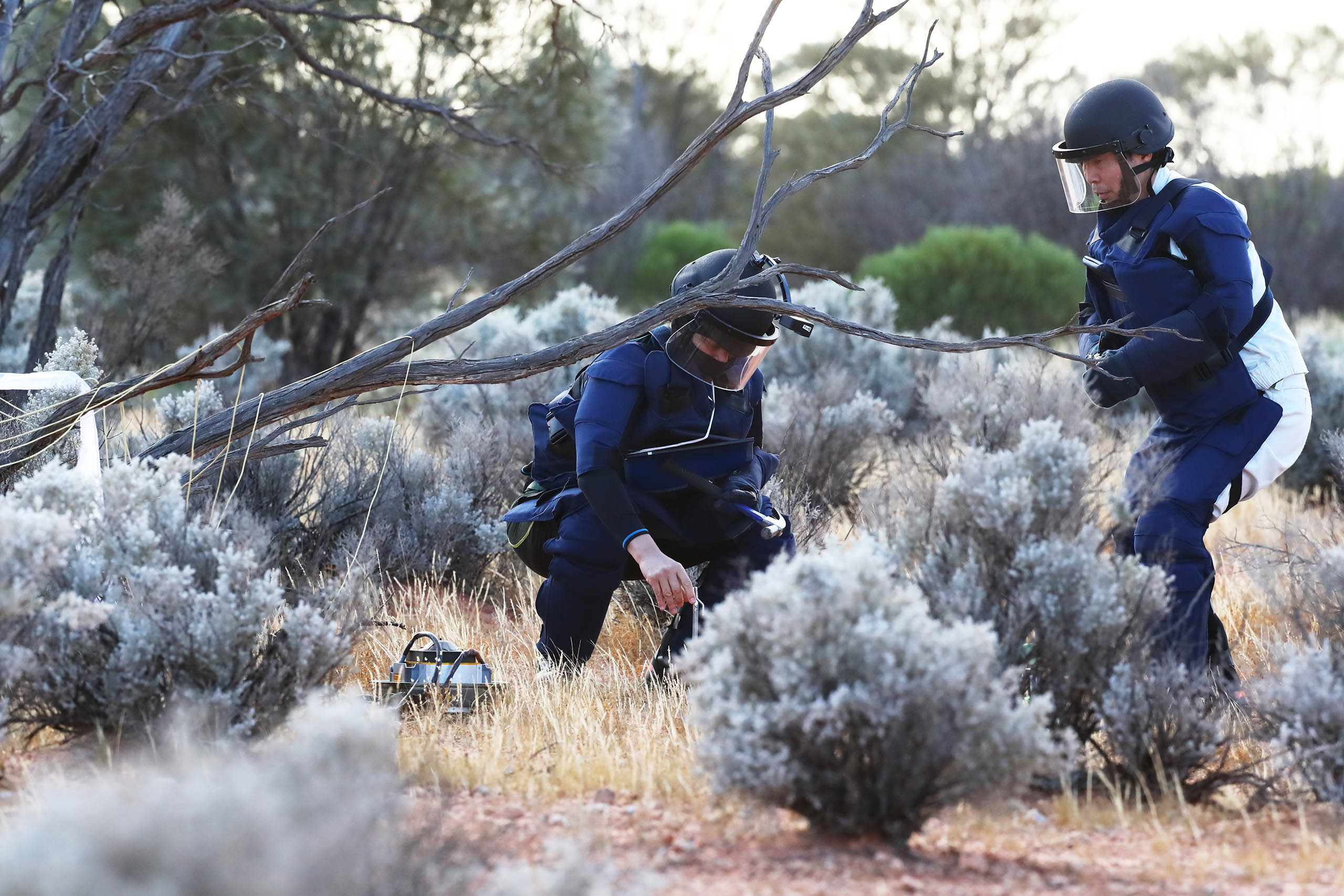
This JAXA video includes brief excerpts from the press conference confirming the successful sample collection:
This video is an extract from yesterday’s press conference, with Hayabusa2 Project Manager Yuichi Tsuda confirming samples from Ryugu in the capsule! pic.twitter.com/hrhbiD6EIf
— HAYABUSA2@JAXA (@haya2e_jaxa) December 16, 2020
Hayabusa 2 was launched on a Japanese H-IIA rocket in Dec. 2014.
It arrived in orbit in June 2018 for 1.5 years of exploration of the 900 meter diameter carbonaceous asteroid Ryugu.
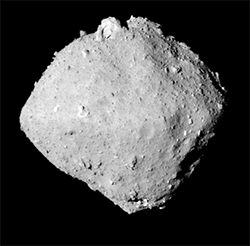
It accomplished two touch and go sample landings in 2019- firing a 5 gram tantalum projectile to eject dust into the 1 meter long sample collection horn on the 2nd collection involving subsurface material.
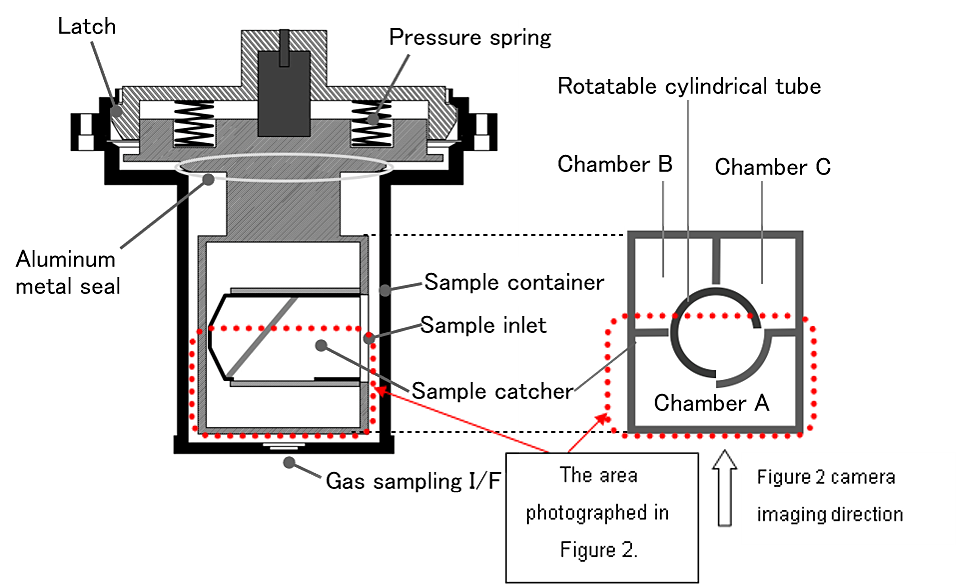
3 rovers and landers from Japanese, German and French researchers were deployed to the surface in 2018 and 2019.
As part of the #Hayabusa2 mission the German-French lander @MASCOT2018 explored the surface of #Ryugu in October 2018. The mission is a significant milestone in DLR's cooperation with @JAXA_en. #asteroidlanding https://t.co/uFoHqmEme4
— DLR – English (@DLR_en) December 3, 2020
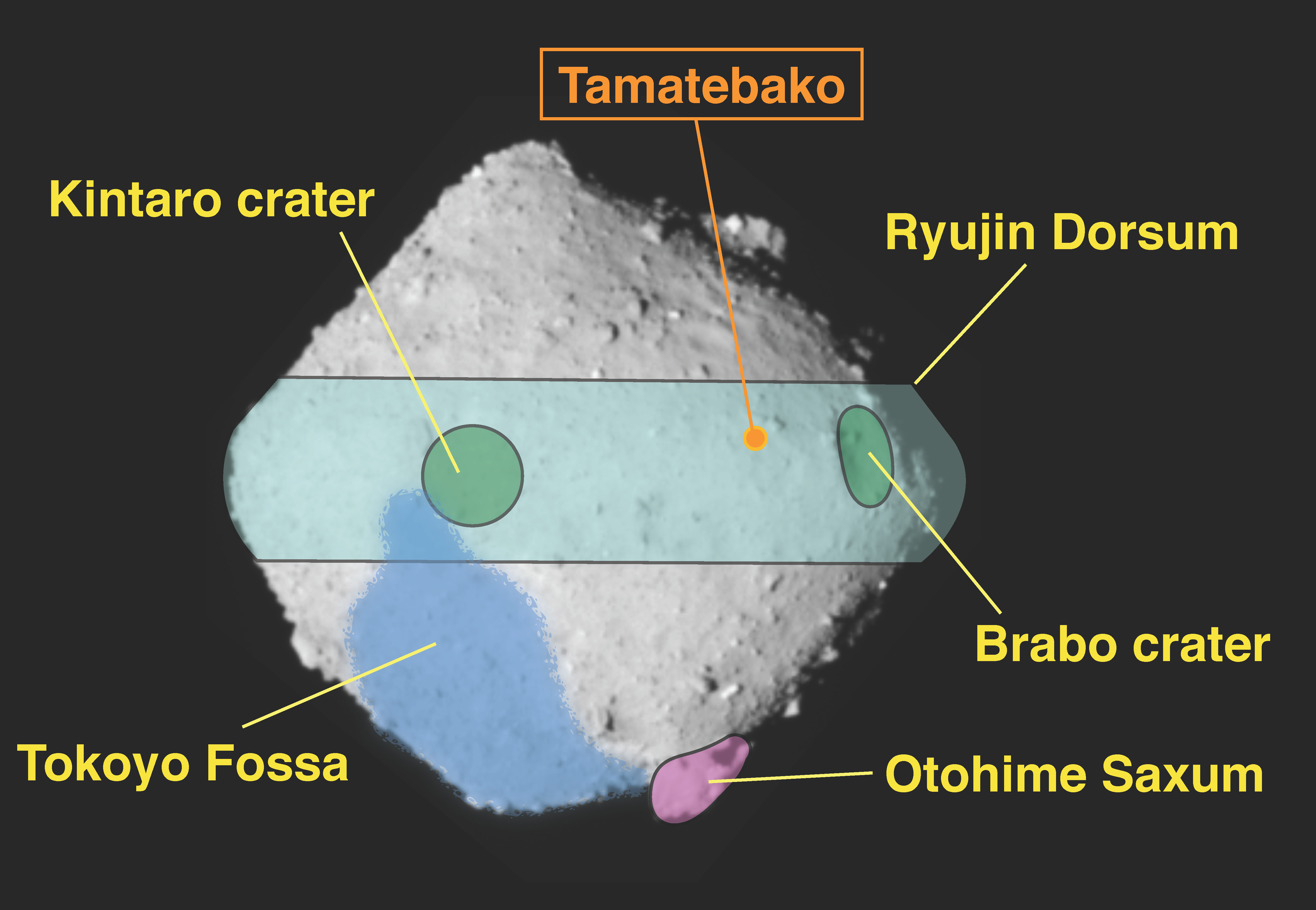
The probe departed Ryugu in Nov. 2019 for a 1 year trip back tp Earth and todays’ successful sample return reentry and landing and capsule collection by JAXA.

At the conclusion of the broadcast, JAXA announced that the Hayabusa 2 mothership spacecraft will live on and has been approved for an extended mission to 2 asteroids.
Its path was deflected from Earth to enable the meetup in July 2031 with asteroid 1998 KY26 a tiny 30 m wide body
Ken was interviewed by TRT World Turkish TV News live on Dec. 5 soon after the landing.
Watch Ken’s continuing reports about Hayabusa 2, NASA’s OSIRIS-Rex asteroid sampler, SpaceX Cargo and Crew Dragons, Starlink, Commercial Crew and Artemis and onsite for live reporting of upcoming and recent SpaceX and ULA launches including Crew-1, Starlink, X-37B, Solar Orbiter, Mars 2020, NRO spysats and more at the Kennedy Space Center and Cape Canaveral Space Force Station.
Stay tuned here for Ken’s continuing Earth and Planetary science and human spaceflight news: www.kenkremer.com –www.spaceupclose.com – twitter @ken_kremer – email: ken at kenkremer.com
Dr. Kremer is a research scientist and journalist based in the KSC area, active in outreach and interviewed regularly on TV and radio about space topics.
………….
Ken’s photos are for sale and he is available for lectures and outreach events
Please consider supporting Ken’s work by donating at Patreon:
https://www.patreon.com/kenkremer
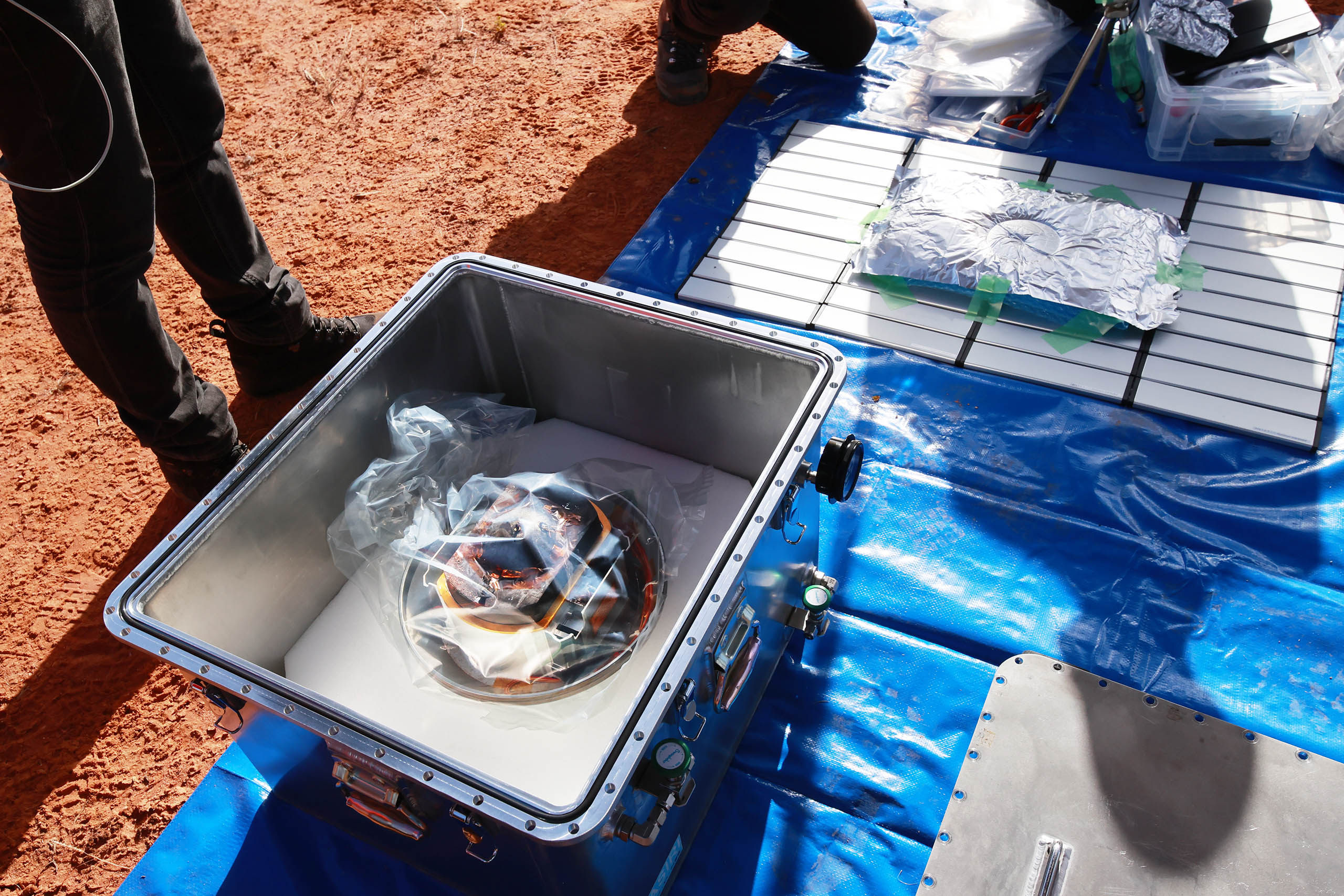
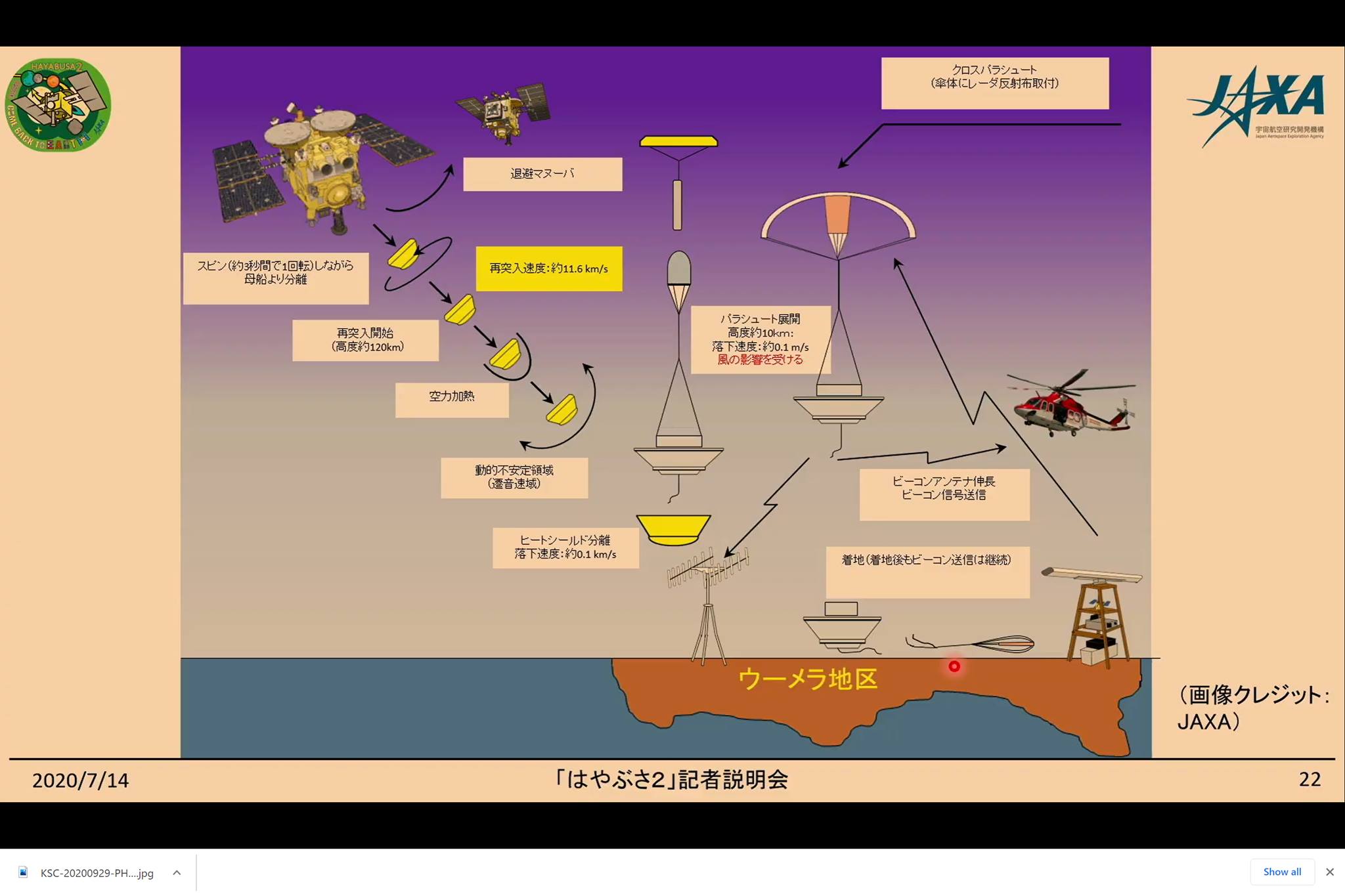
x



